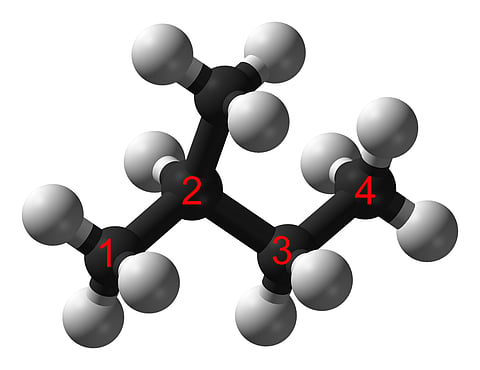
- Home
- न्यूजग्राम
- NewsGram USA
- India
- World
- Politics
- Entertainment
- Culture
- Lifestyle
- Economy
- Sports
- Sp. Coverage
- Misc.
- NewsGram Exclusive
- Jobs / Internships

New York: A new type of fibre material developed by engineers for a handheld scanner can detect small traces of alkane fuel vapour, a valuable advancement. This could be an early-warning signal for leaks in an oil pipeline, an airliner, or for locating a terrorist's explosive.
Alkane fuel is a key ingredient in combustible material such as gasoline, airplane fuel, oil — even a homemade bomb.
Currently, there are no small, portable chemical sensors to detect alkane fuel vapour because it is not chemically reactive. The conventional way to detect the odourless and colourless vapor is with a large oven-sized instrument in a lab.
"It's not mobile and very heavy," said one of the researchers Ling Zang, a professor at the University of Utah in the US.
"There's no way it can be used in the field. Imagine trying to detect the leak from a gas valve or on the pipelines. You ought to have something portable," Zang noted.
So Zang's team developed a type of fibre composite that involves two nanofibres transferring electrons from one to the other.
"These are two materials that interact well together by having electrons transferring from one to another," Ben Bunes, post-doctoral fellow at University of Utah, said.
"When an alkane is present, it sticks in between the two materials, blocking the electron transfer between the two nanofibers," Bunes explained.
That kind of interaction would then signal the detector that the alkane vapor is present, the researchers said.
The discovery was published online in the journal ACS Sensors.
Vaporsens, a University of Utah spin-off company, has designed a prototype of the handheld detector with an array of 16 sensor materials that will be able to identify a broad range of chemicals including explosives.
This new composite material will be incorporated into the sensor array to include the detection of alkanes.
Vaporsens plans to introduce the device on the market in about a year and a half, Zang, who is also the company's chief science officer, said. (IANS)
